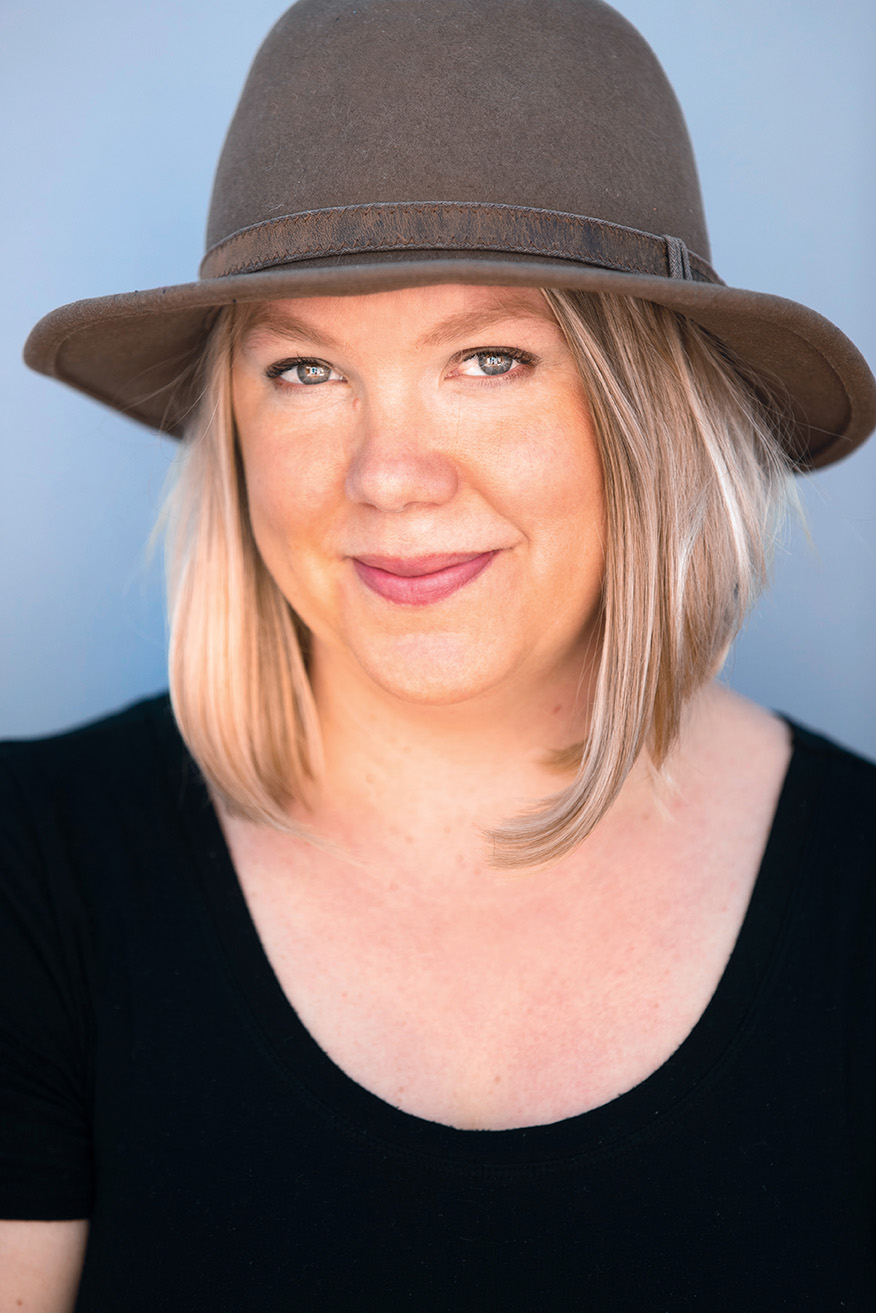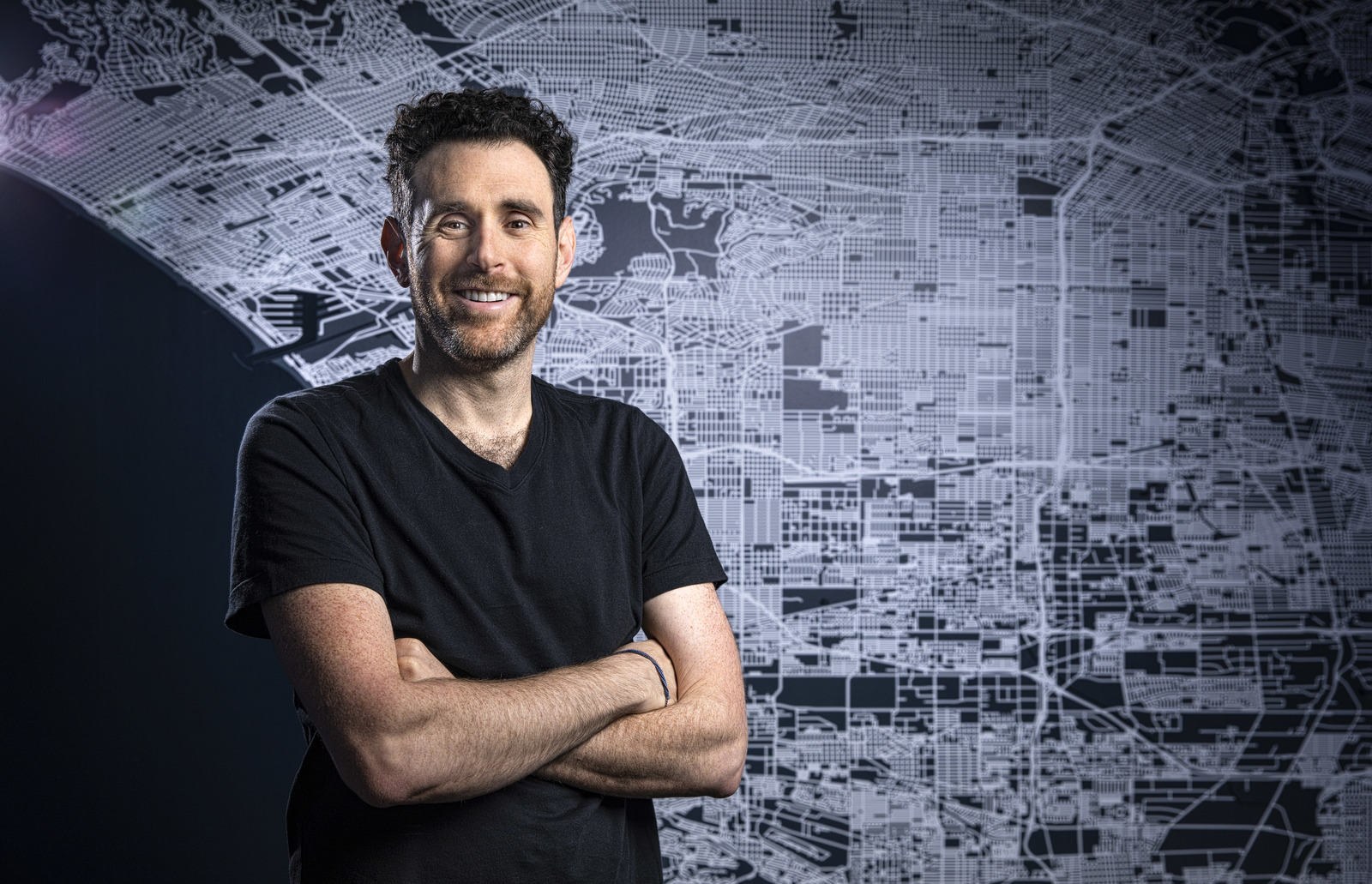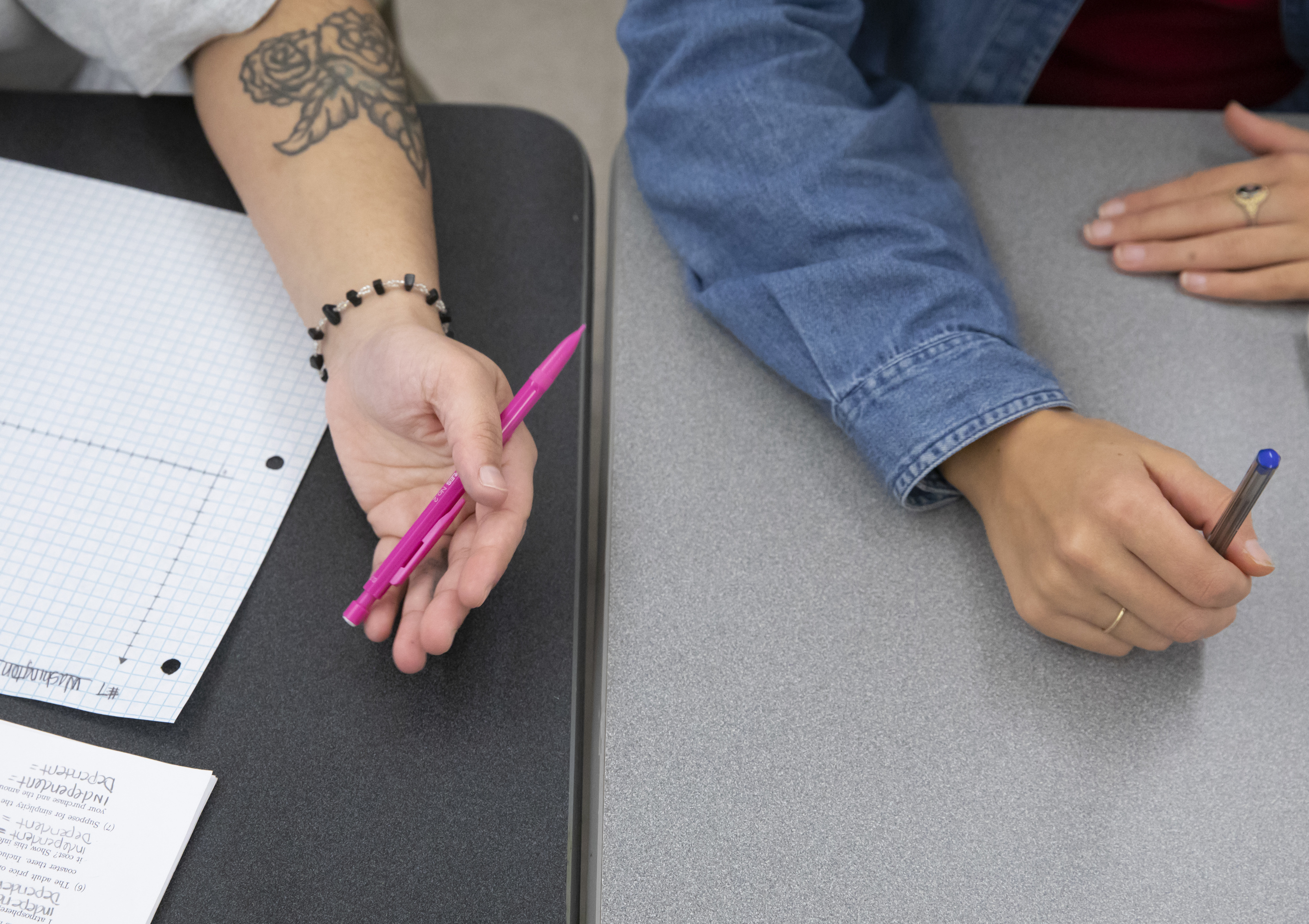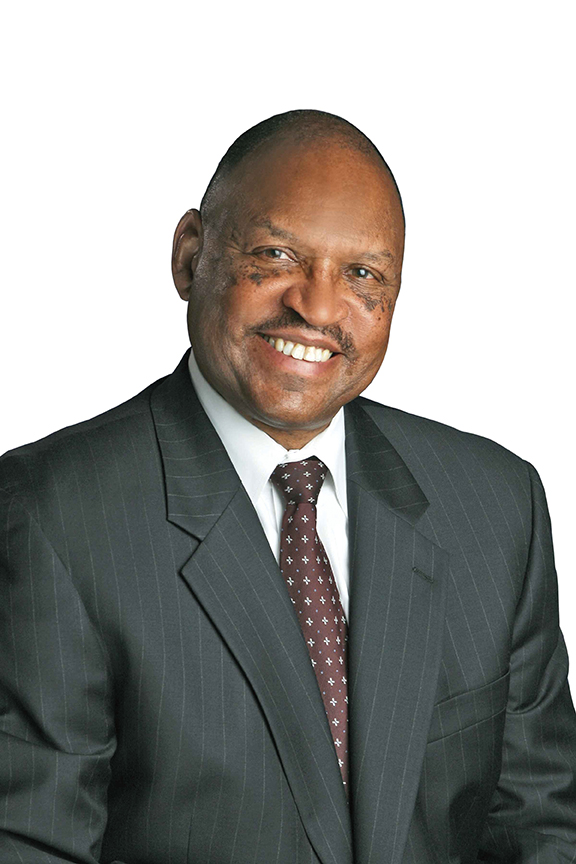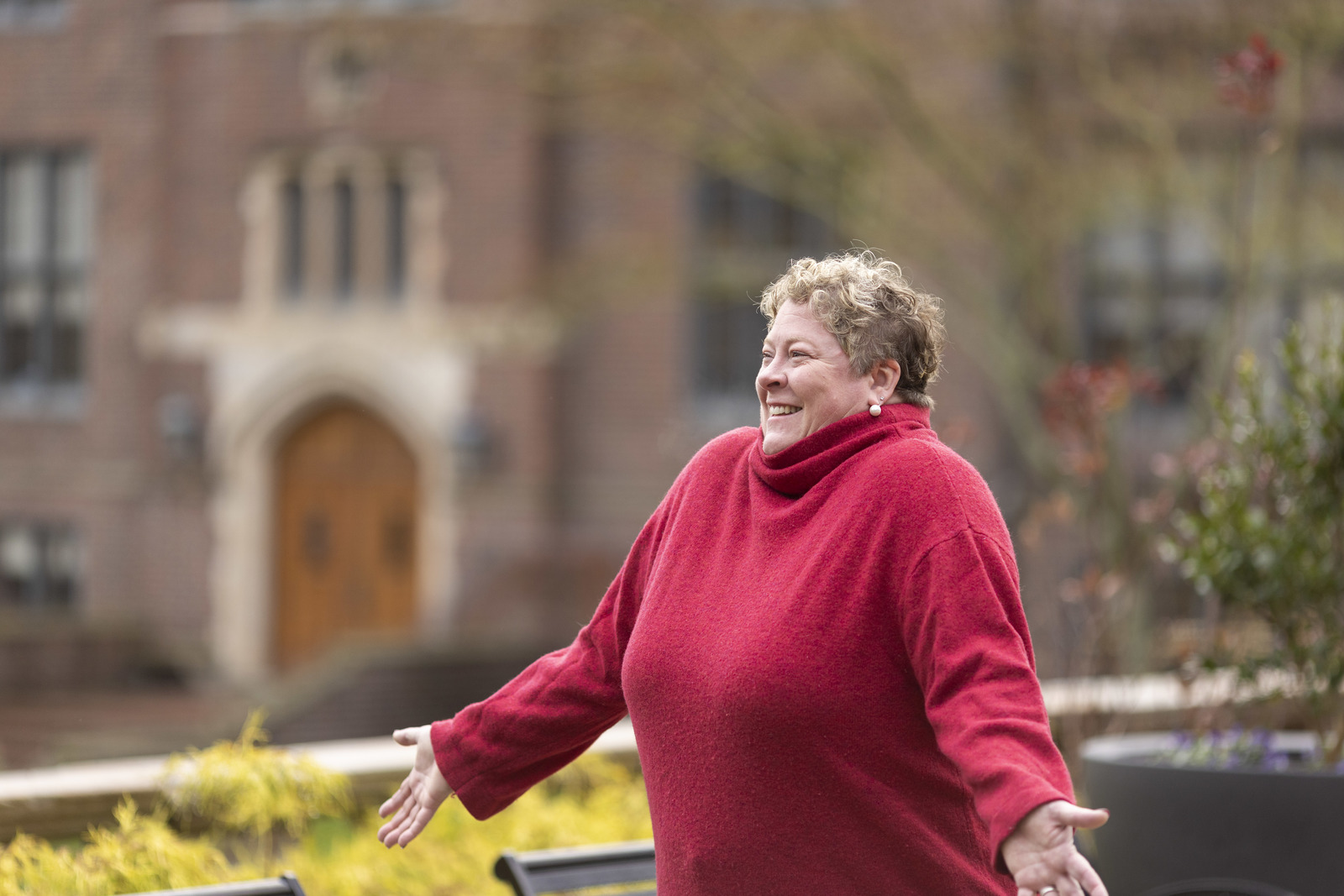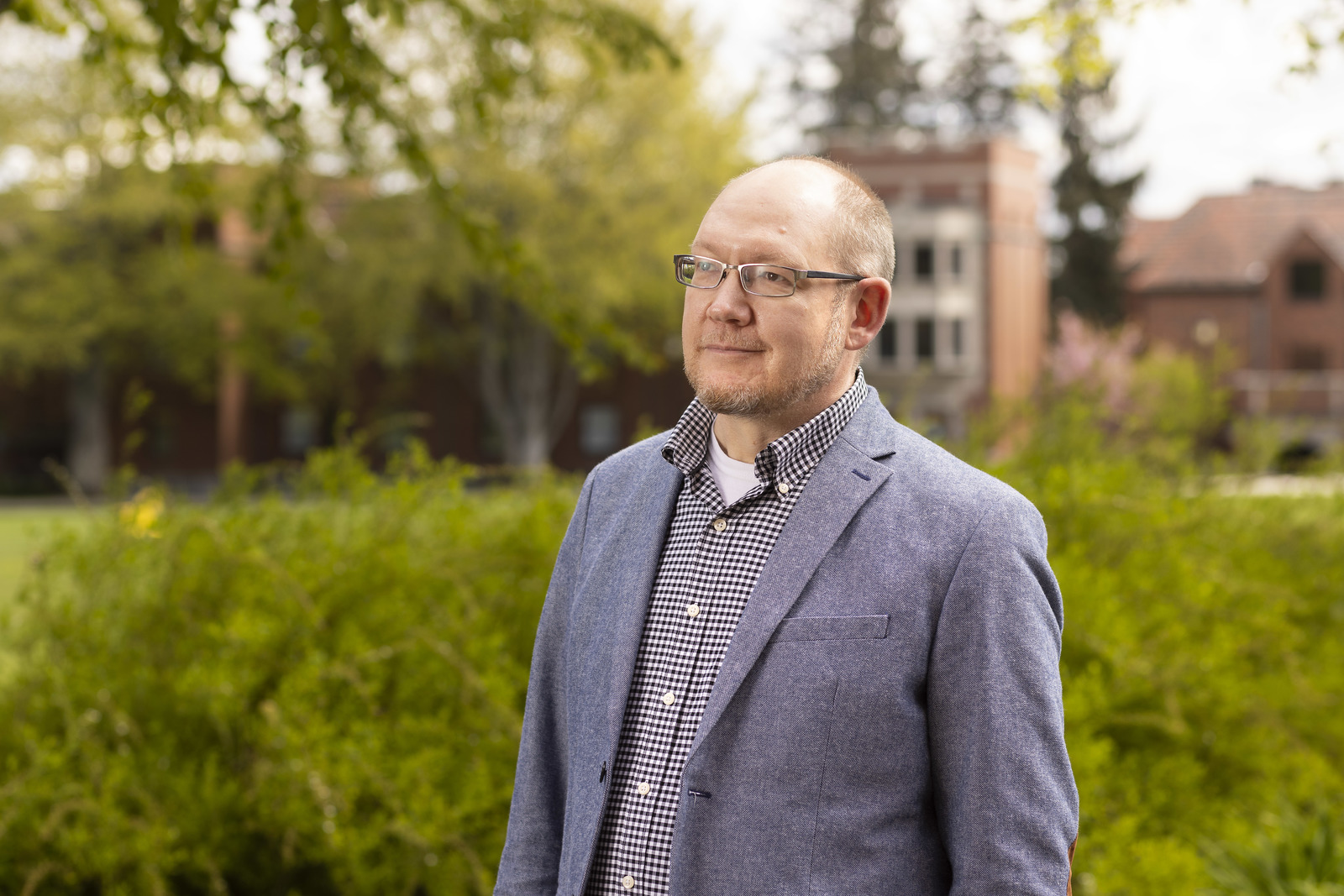Her work for U.S. intelligence agencies took Sarah Carlson ’02 to Baghdad and other hotspots. But it was the year in Tripoli that provided the greatest adventure—and the greatest danger.
On the day in July 2014 that the U.S. evacuated its embassy in Tripoli amid heavy violence in Libya’s capital city, Sarah Carlson ’02 rode shotgun in one of the armored vehicles that would lead the caravan out of the city. Carlson, a CIA analyst, had worked at the embassy for a year, and she and other embassy personnel had grown increasingly vulnerable in recent months as Libya’s civil war sparked gun battles and rocket attacks all around their compound. Now, the U.S. State Department had ordered Carlson and her colleagues to destroy everything in the compound, pack the bare essentials needed to survive, and drive through southern Libya and then into Tunisia, along a treacherous route filled with militia checkpoints and the constant fear of terrorists attacking the convoy.
As the Toyota Hilux jostled along the desert landscape, Carlson’s left hand rested on an object hidden beneath a sparkly blue scarf: an M4 rifle. Her Glock and extra magazines sat below her legs under the seat; the glove compartment held six hand grenades. The driver was a member of the U.S. Special Forces Operation Command. If their part of the convoy came under attack, he would coordinate the defense, while Carlson would move the other officers to safety. The lives of the two men in the back seat were her responsibility.
With her Bluetooth speaker on low volume, she pressed play on a song she considered a theme song for the adventure: “Glory and Gore” by Lorde. Tense, thrumming synths filled the vehicle, just barely audible over the engine and the gunfire and artillery in the distance. “There’s a humming in the restless summer air / And we’re slipping off the course that we prepared / But in all chaos, there is calculation …”
There may have been calculation in the chaos, but even so, Carlson wasn’t sure that everyone would make it out alive.



